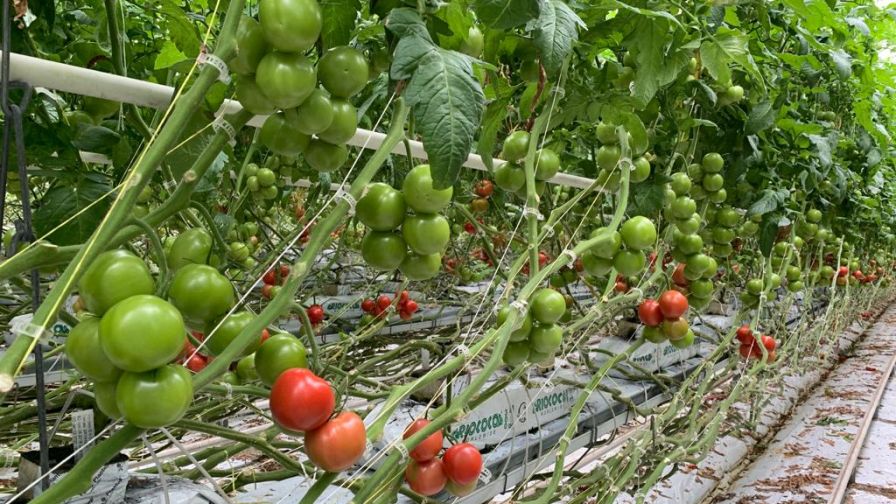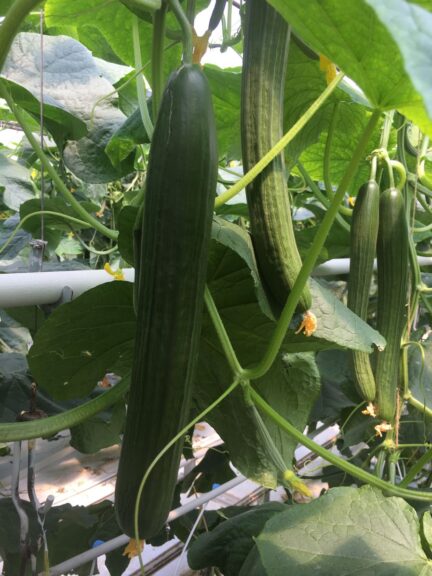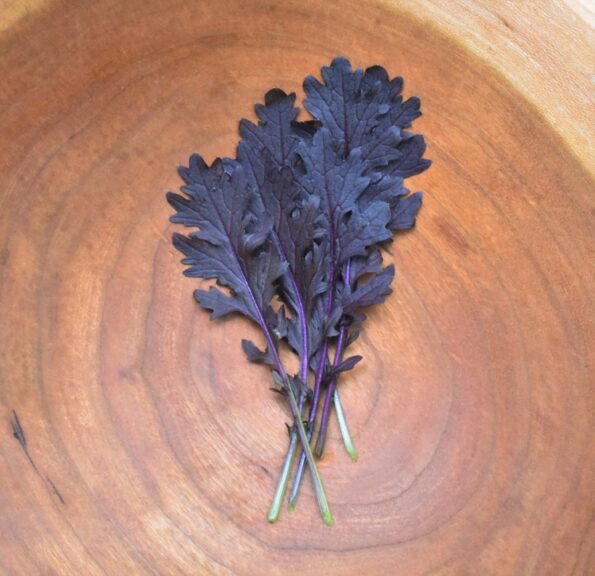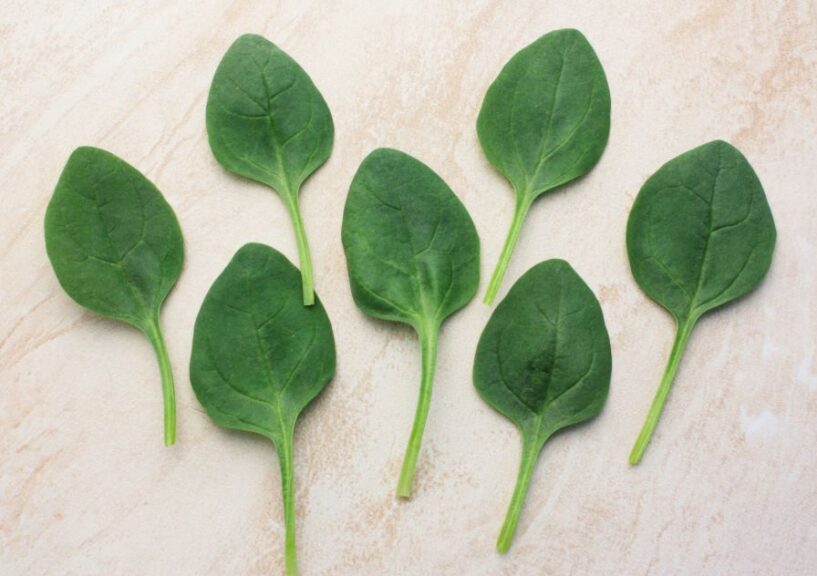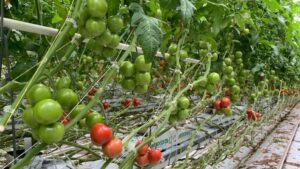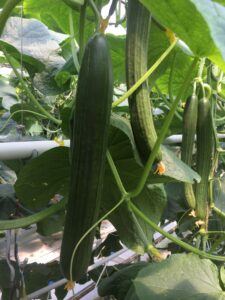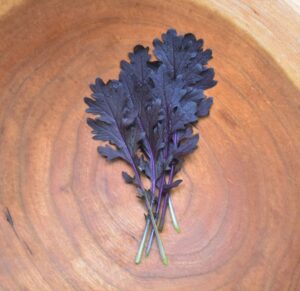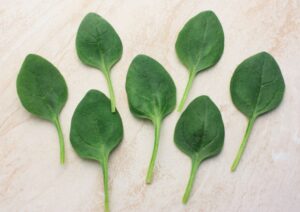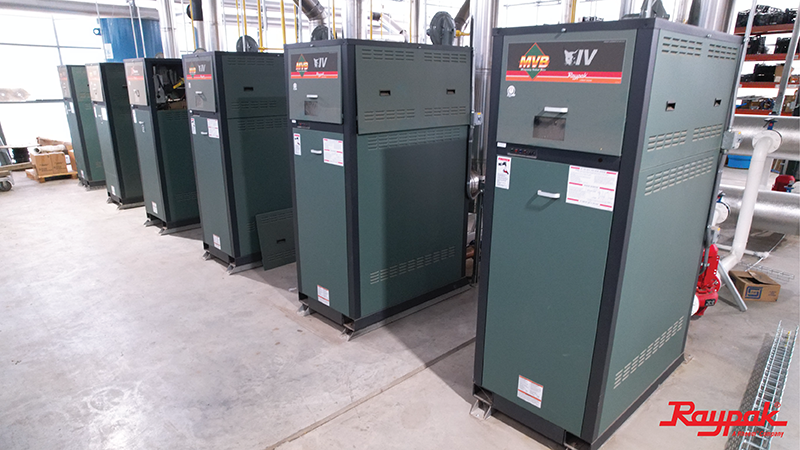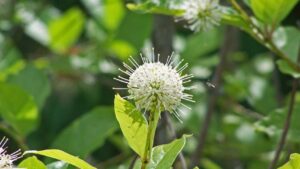Breeding for Success in Indoor Vegetable Production
As vegetable production continues to shift from open field to controlled-environment growing, crop breeders are adjusting their focus at the same time. There may be advantages to breeding for indoor growing, including advanced sensor technology and the ability to perform research year-round. However, there are also specific traits that need to be examined, such as how a variety might perform under different lighting or heat conditions.
Here’s how two leading breeders are tackling these challenges.
Flavor and Nutrition Are Essential
Tracy Lee, CEA Lead for Sakata, says the company has developed a multi-pronged approach when it comes to developing new varieties specific to greenhouse production.
“We are working with our Sakata sister company breeders of relevant crops on the testing and development of varieties that may already be used in other worldwide locations to evaluate their applicability here,” Lee says. “In addition, we have partnered with U.S. vertical farming testing ground Willo in the evaluation and collection of data for pre-commercial varieties. Our breeders are also beginning to screen germplasm to determine if there are any breeding projects in key leaf crops that will be beneficial specifically for the indoor market.”
When it comes to the traits breeders look for in greenhouse vegetables that might differ from field varieties, Lee notes that flavor and nutritional profiles are even more of a focus in this segment.
“There is less focus on field-borne disease resistances or seasonal, slot-specific location adaptability,” Lee says. “Traits like enhanced leaf shapes, textures, or postharvest holding are also a focus.”
Moving forward, there continues to be an increase in indoor production, although it’s not necessarily a 1-to-1 shift away from the field, Lee says.
“The trend is on continued growth while maintaining a smaller but still significant and formidable footprint within traditional agriculture production methods,” Lee says.
Timing for Maturity
Greenhouse vegetable growers want to maximize the return on every unit area (square foot), so marketable yield is important, and timing harvest with demand from the downstream chain is also important.
“For greenhouses, we breed for plants that are of the indeterminate type, meaning they will grow, set some flowers, produce fruit, and repeat again for up to 10 months of the year,” says Mourad Abdennadher, Head of Americas’ Vegetable Breeding & Testing at Vegetables by Bayer. “We also focus on early and late maturities because growers want to produce more crops that fill slots where retailers may not have produce coming in from the open field.”
When it comes to the traits that might differ in breeding varieties for open field versus indoor production, the number of fruits per plant and timing of harvests are very important.
“We aim to develop products that set more fruits per plant in a synchronized and well-defined time window,” Abdennadher says. “In terms of plant health, we breed for crops that withstand greenhouse pests. We identify traits from the same species or related species to improve plant health and other desirable characteristics.”
As part of its commitment to sustainability, Abdennadher says Bayer also breeds for energy efficiency by either increasing production per unit area or by reducing the energy input that is needed to grow highly productive plants.
There are several advantages to evaluating varieties for greenhouse production, Abdennadher notes.
“We can test all year, and this allows us to learn more about our new products faster,” Abdennadher says. “With recent advancements in sensor technologies, we can now characterize micro-environments within large greenhouses, so we know how new products interact with different environmental factors such as light intensity, shading, or proximity to ventilation. That allows us to guide growers in where to position certain plants and how to manage the plants for optimum performance.”
In general, Abdennadher says there are more growers moving from open field to greenhouse production in the U.S., Canada, and Mexico, because they can control the environment and have year-round production to meet an increasing consumer demand.
“Also, because of the scarcity of farm labor, we are seeing more growers shifting production from open field to greenhouse and leveraging automation of sowing, transplanting, and harvesting mature fruits,” Abdennadher says. “As greenhouse structures and automation become more accessible and a little less costly, we anticipate more adoption by small holders in Asia and Africa.”




